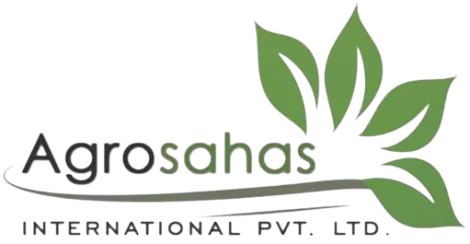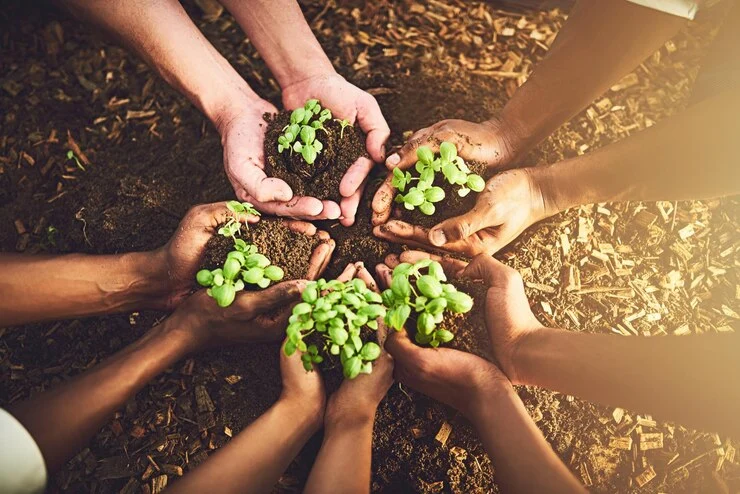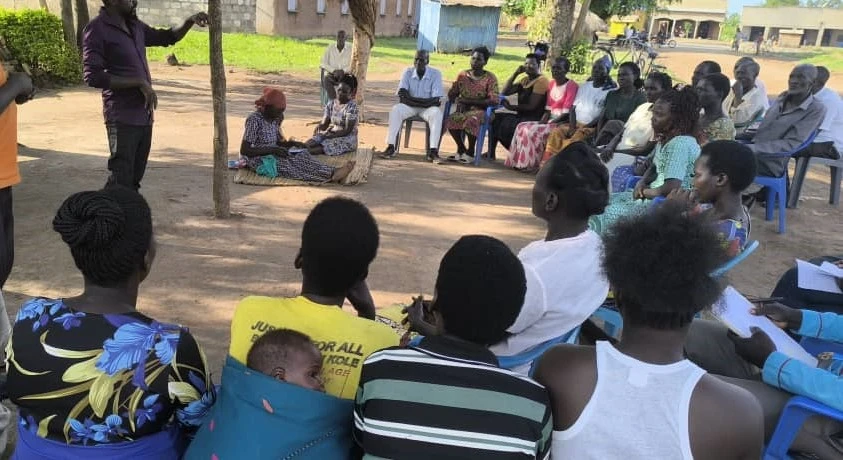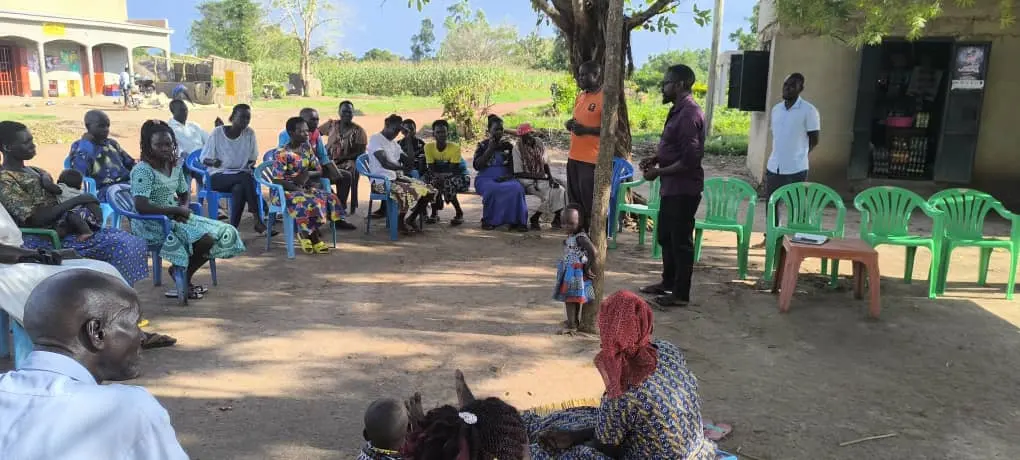Seed diversity is a cornerstone of sustainable agriculture, offering resilience against pests, diseases, and changing climate conditions. Agrosahas International PVT LTD is at the forefront of efforts to preserve and promote local seed varieties, ensuring that farmers have access to a wide range of crops suited to their specific environments. This blog delves into the importance of seed diversity and highlights the innovative strategies Agrosahas employs to safeguard it.
The Importance of Seed Diversity
Seed diversity is crucial for several reasons:
- Genetic Resilience: Diverse seed varieties help protect crops from diseases and pests. When one variety is susceptible to a threat, others may resist, ensuring crop survival.
- Climate Adaptability: Different seeds thrive under varying climatic conditions. Diversity allows farmers to choose varieties best suited to their local environments.
- Nutritional Value: Diverse crops can provide a range of nutrients, contributing to healthier diets and better food security.
Agrosahas’ Role in Seed Conservation
Agrosahas is dedicated to preserving the genetic diversity of crops through several key initiatives:
- Seed Banks and Libraries Agrosahas collaborates with local communities to establish seed banks and libraries, where seeds are stored, catalogued, and shared. This ensures that farmers have access to a variety of seeds, promoting biodiversity.
- Farmer Training and Education We conduct extensive training programs to educate farmers about the importance of seed diversity and conservation. These programs cover techniques for saving and storing seeds, as well as the benefits of using diverse seed varieties.
- Collaborations with NGOs and Research Institutions Agrosahas partners with various organizations that preserve seeds to maintain genetic diversity. For instance, organizations like the Global Crop Diversity Trust work globally to safeguard crop varieties, and we align our efforts with such entities to amplify impact.
How Rural Communities Preserve Local Seeds
In rural areas, traditional knowledge plays a vital role in seed conservation. Farmers employ various methods to save and preserve seeds:
- Drying and Storing: Seeds are carefully dried and stored in cool, dark places to maintain their viability.
- Selective Breeding: Farmers select the best seeds from each harvest to plant in the next season, ensuring that only the strongest and most adaptable seeds are used.
- Community Seed Exchanges: Local seed exchange programs allow farmers to share and trade seeds, enhancing biodiversity within communities.
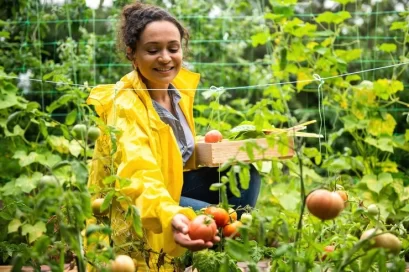
National Seed Strategy of Uganda
Uganda’s national seed strategy focuses on enhancing the availability and accessibility of high-quality seeds to farmers. This strategy includes:
- Strengthening Seed Systems: Developing robust seed production and distribution systems to ensure farmers can access diverse and high-quality seeds.
- Promoting Seed Certification: Implementing certification programs to guarantee the quality and genetic purity of seeds.
- Supporting Research and Development: Encouraging research into new seed varieties that are resilient to local environmental challenges.
Types of Seed Conservation
There are various methods of seed conservation, each playing a vital role in maintaining genetic diversity:
- In-Situ Conservation
Involves preserving plants in their natural habitats. This method maintains the evolutionary processes that adapt plants to their environments.
- Ex-Situ Conservation
This includes seed banks and botanical gardens where seeds are stored outside their natural habitats. It’s a more controlled way to preserve genetic material.
- On-Farm Conservation
Farmers actively maintain and cultivate diverse crop varieties on their farms. This method supports both conservation and practical use of seeds.
- Cryopreservation
Seeds are stored at ultra-low temperatures, often in liquid nitrogen, to preserve their viability for long periods.
Agrosahas’ Commitment to Seed Diversity
Agrosahas remains committed to preserving seed diversity as a cornerstone of sustainable agriculture. By supporting local communities, collaborating with international organizations, and promoting best practices in seed conservation, we aim to ensure that farmers have access to the diverse genetic resources they need to thrive.
Conclusion
Seed diversity is essential for the resilience and sustainability of agriculture. Through our dedicated efforts in seed conservation, Agrosahas is helping to secure a stable and prosperous future for farmers and their communities. By preserving local seed varieties, we are not only protecting biodiversity but also empowering farmers to adapt to changing conditions and improve their livelihoods.
